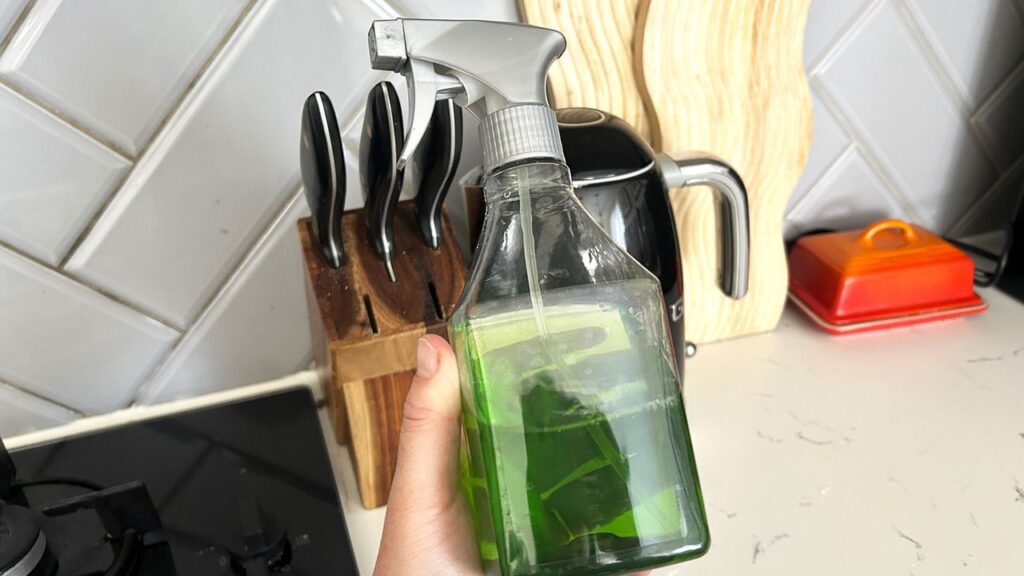
In March 2024, an experiment in eco-friendly cleaning took place as a parent decided to replace commercial cleaning products with homemade alternatives. Concerned about the chemicals in store-bought cleaners, especially with a toddler in the house, the individual aimed to create a non-toxic cleaning regime while potentially saving money.
With a variety of ingredients already in hand, sourced from previous attempts at homemade cleaning, the task began with a simple recipe guide from MyToolBox. The endeavor proved to be both informative and messy, as the parent prepared to tackle the cleaning of every corner of their home.
Creating Effective Cleaning Solutions
Four distinct cleaning products were crafted during this week-long trial, each with a specific purpose. The first was an anti-bacterial spray, composed of 4 fl. oz. of white vinegar, 2 fl. oz. of lemon juice, 1 tablespoon of citric acid powder, 1 teaspoon of glycerin, and 12 fl. oz. of warm water. Although the vinegar scent was strong, it effectively cleaned various surfaces, including light switches and door handles. Future iterations may include essential oils to mask the vinegar’s odor.
Next, a degreaser was formulated with 2.5 fl. oz. of distilled white vinegar, 2 tablespoons of sodium carbonate, 1 tablespoon of dish soap, 10 drops of essential oil, and 14 fl. oz. of boiling water. This solution proved to be effective at removing grease from kitchen appliances and stovetops, although the bubbling reaction during preparation caused a bit of a mess.
The third product was a surface cleaner, made from 8 fl. oz. of disinfectant, 4 fl. oz. of distilled water, 1 tablespoon of baking soda, and several drops of essential oils. This combination cleaned kitchen surfaces efficiently, although the use of a heavily-scented disinfectant raised concerns about chemical exposure.
Finally, a textile spray was created using 3 tablespoons of fabric stain remover, 2 tablespoons of washing crystals, 1 tablespoon of citric acid powder, and 18 fl. oz. of hot water. Despite the challenges in mixing this solution, it left a pleasant scent on upholstery and cushions.
Results and Future Plans
Overall, the experience of using homemade cleaning products yielded positive results. The effectiveness of the degreaser and antibacterial spray was particularly noted, with plans to recreate these solutions in the future. While the textile and surface cleaners performed well, the individual intends to seek out more natural alternatives for their core ingredients to ensure a fully non-toxic cleaning environment.
In conclusion, this week of using homemade cleaning products not only highlighted the potential for cost savings but also emphasized the importance of safer options for family living. With careful preparation and a willingness to experiment, creating a cleaner home can indeed be both effective and environmentally friendly.






